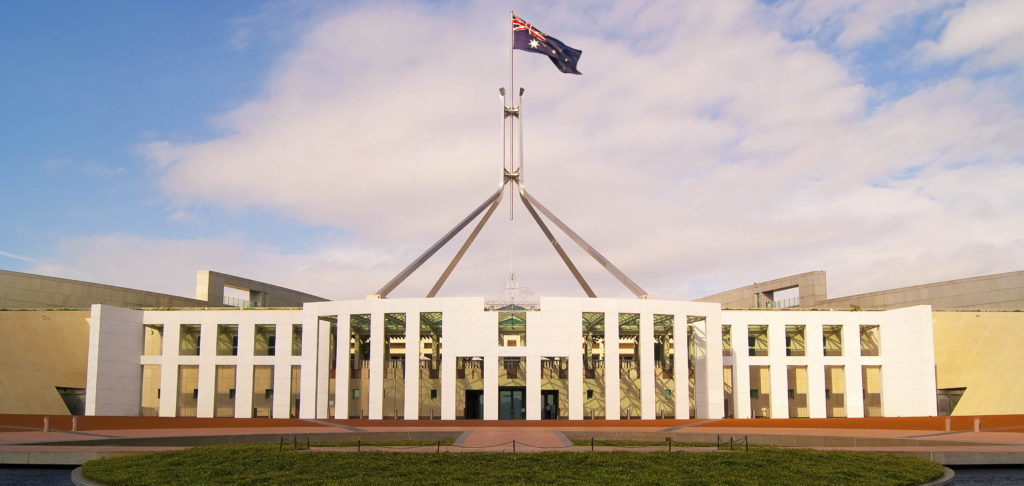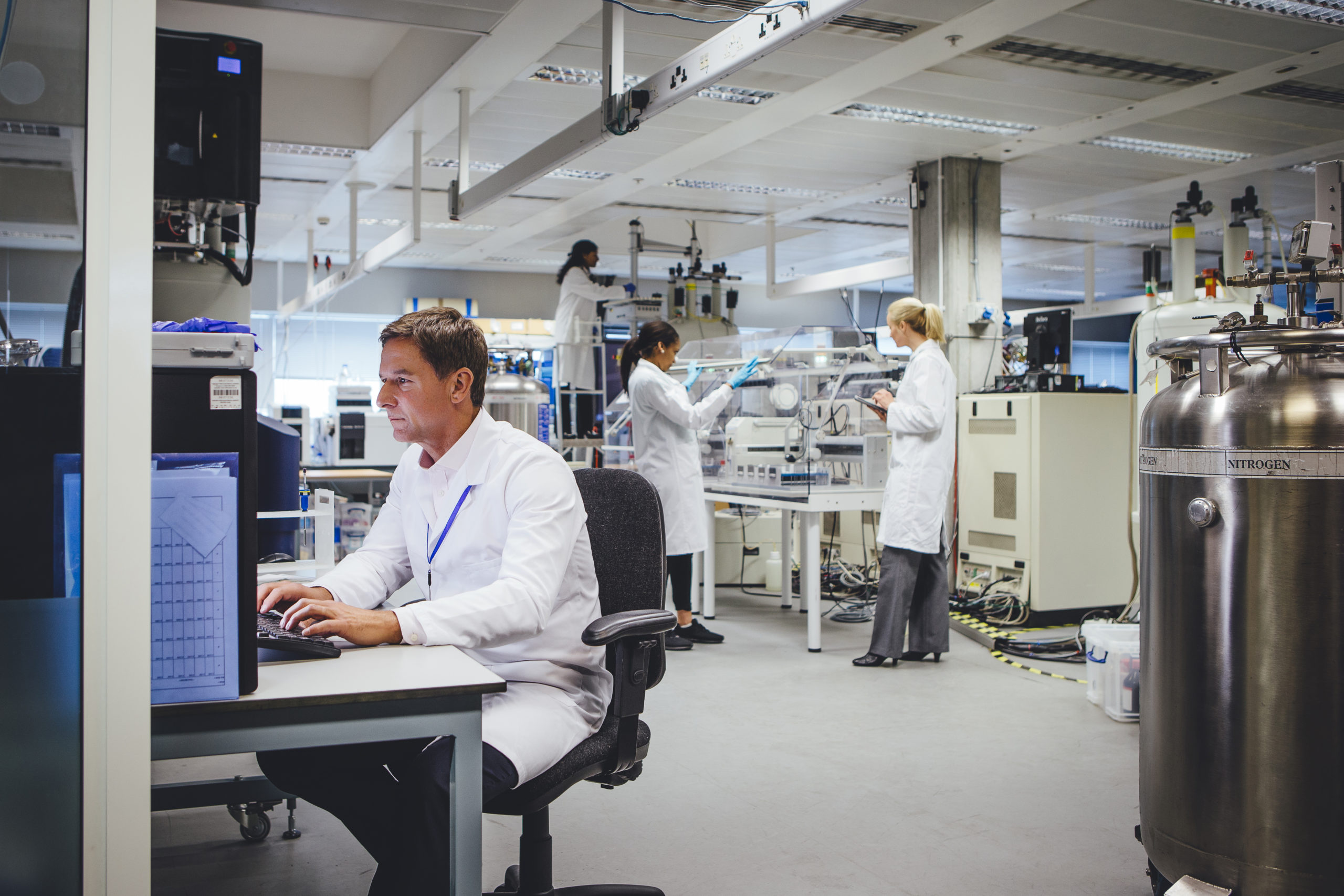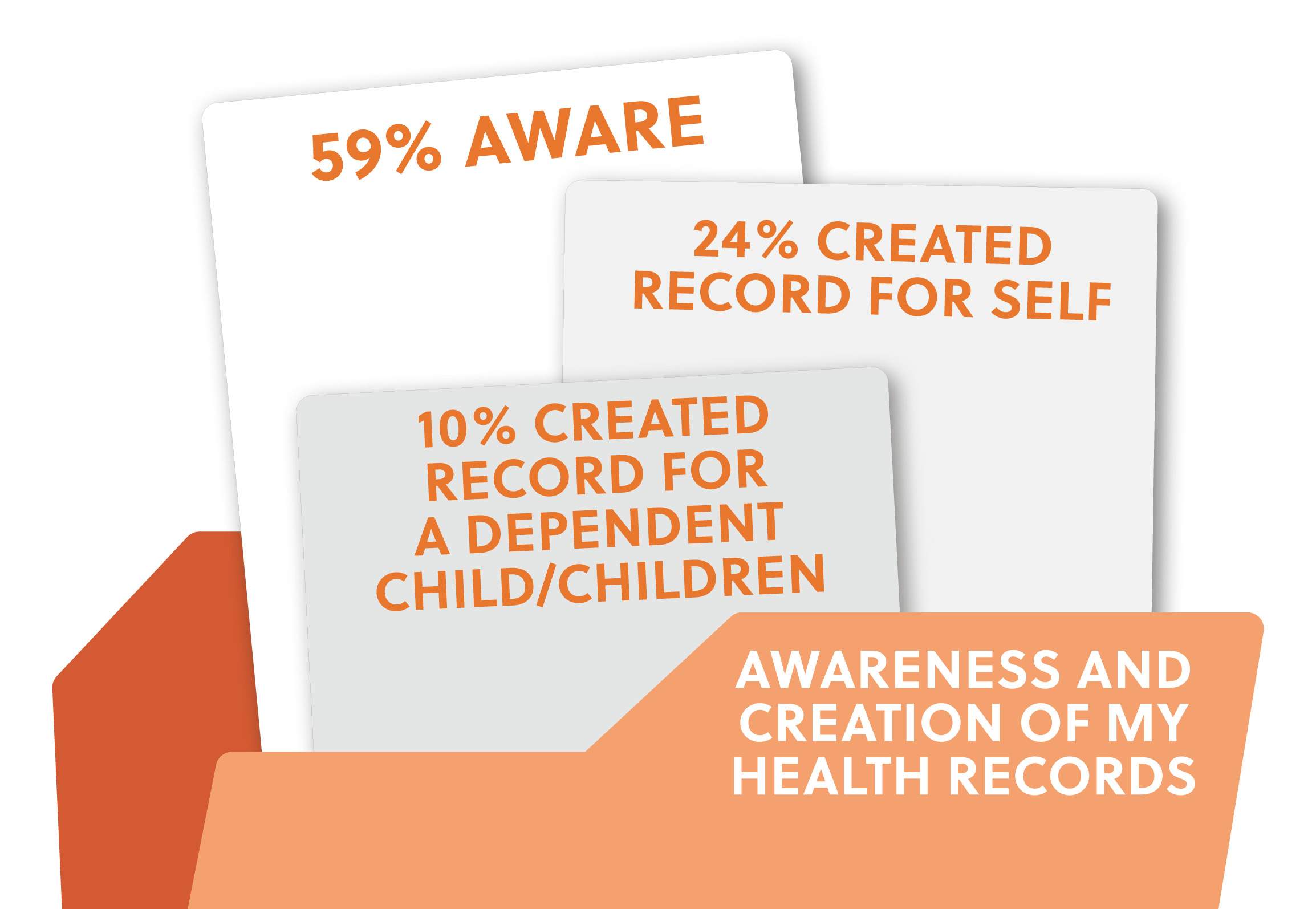This Policy Update covers developments since the May Budget.
National Science Statement and new National Science Priorities
The much-awaited new National Science Priorities were released on Monday 12 August, and were accompanied by a Science Statement. They are available from the Department of Industry Science and Resources website.
The Science Statement has a strong emphasis on the role science can play in supporting and creating industry, with a strong focus on economic prosperity. This is to be achieved through missions, multidisciplinary research and breaking down siloes, guided by 5 imperatives:
-
- Australian scientists, science institutions, and infrastructure shaping Australia’s science future
- Science at the centre of Australian industry
- A diverse, skilled workforce to underpin the translation of science into new industries
- Embracing science to drive Australia’s regional and global interests
- A science system prepared for future challenges
The new Statement provides an opportunity to position the health, disability and aged care sectors as an ‘industry’ that is vital to Australia’s future success and prosperity, as a means of aligning health and medical research more closely with the Statement.
The Statement also focuses on encouraging people to undertake STEM careers but there is little on supporting the existing research workforce. A lot about missions, multidisciplinary research and breaking down siloes.
Five national Science Priorities have also been identified:
-
- Transitioning to a net zero future
- Supporting healthy and thriving communities
- Elevating Aboriginal and Torres Strait Islander knowledge systems
- Protecting and restoring Australia’s environment
- Building a secure and resilient nation
Supporting healthy and thriving communities is a very broad priority, embracing social and environmental determinants, and building health literacy. It includes disability and ageing, as well as health and medicine more generally.
Modernising Human Tissue laws
On Thursday 14 August, the Attorney General, the Hon. Mark Dreyfus and Assistant Health Minister the Hon. Ged Kearney MP announced an inquiry by the Australian Law Reform Commission into Australian tissue donation laws. Largely the responsibility of the State and territories, the review will consider whether legislative reform is required to harmonise laws across the nation. The inquiry will include consideration of donation of tissue for scientific purposes. Further information on the Inquiry is expected to be provided on the ALRC’s website in coming weeks.
Australian Centre for Disease Control
While the interim Australian CDC has been operating within the Department of Health the Department has advised a new timeline for its development, to enable recommendations from the report of the COVID-19 Inquiry, due at the end of September, to be incorporated into the design, followed by further consultation. The establishment of the Australian CDC will be subject to the passage of legislation; the lack of funding for the CDC in this Budget indicates the Government does not expect it to start in this financial year.
Australia’s Economic Accelerator
Only available to universities and funded through the Education portfolio, the AEA is set to provide funding of $270 million over 2024/25, through two separate programs:
| Round 1 | Round 2 | |
| AEA Ignite
Proof of Concept (TRL2.3.4) Max. $500,000 for 12 months |
$60 m. open now | $30m. open Nov.24 |
| AEA Innovate
Proof of Scale (TRL 5,6,7) Max. $5m. for up to 2 years |
$120m. open now | $60 m. early 2025 |
For AEA Ignite an industry partner is recommended and it is mandatory for AEA innovate.
The programs must fit within the Government’s seven Priority areas for investment:
-
- Value-add in Resources
- Agriculture, forestry & fisheries
- Medical Science
- Renewables & low emission tech
- Defence Capability
- Transport
- Enabling capabilities
In addition to being in one of these priority areas, The AEA Advisory Board for the Australia’s Economic Accelerator has set the investment plan for the AEA for 2024/25. As a result, any proposal must also fit one of the six focus areas selected by the Board:
-
- Critical and strategic minerals processing
- Sustainable fuels
- Digital agriculture
- Quantum
- Artificial intelligence
- Advanced manufacturing
The most likely ‘fits’ within the focus areas for medical science are going to be products which require advanced manufacturing or utilise AI.
The focus area may change when the AEA Advisory Board sets its new investment plan for 2025/26. More information is available here.
National HMR Strategy
The National HMR Strategy now has its own webpage.
‘The strategy will:
-
- cover the entire sector and include all levels of government, industry, philanthropy, academia and consumers
-
- strengthen and leverage Australia’s world-leading research capability.’
Several current activities have been brought under the umbrella of the National Health and Medical Research Strategy, including:
-
- The MRFF/MREA alignment
- The National One Stop Shop; and
- The health and medical research workforce audit
MRFF/MREA Alignment
The MRFF/MREA alignment is proceeding in two stages, with legislative change required to fully implement a merged administration of the MRFF and MREA, with both funds managed by the NHMRC. ‘In the interim, the NHMRC and the department are working together to address key concerns and issues while we consider options for implementation. This includes working together to better use existing advisory committees (eg MRFF will seek advice from NHMRC committees), developing and implementing policies together, and other efforts that better align the two funds without requiring formal governance reforms.’ [Consultation Summary Report, Next Steps.]
Strategic Examination of R&D
Announced on Budget night, the new strategic examination of Australia’s R&D system is intended ‘to determine how we can get more value from every taxpayer dollar invested in research, maximise the contribution of science and R&D to the broader economy and maintain our competitive edge.’ Led by the Science and Industry Minister, it is nonetheless be a whole of government review.
A secretariat has been set up within the Department of Industry Science and Resources, and Dom English has moved from the Department of Education to lead the Secretariat. Consultation on the terms of reference and the members of the independent panel has been undertaken but the results are not yet public.
With health and medical research representing 26% of all Australian R&D, Research Australia will continue to champion a focus on health and medical research as part of this review.
National Reconstruction Fund
Fulfilling an election promise, the legislation to create the National Reconstruction Fund (NRF) was passed in early 2023.
The NRF was initially scheduled to invest $15.0 billion over 7 years from 2023–24 to provide targeted co-investments in seven priority areas: resources; agriculture, forestry and fisheries sectors; transport; medical science; renewables and low emission technologies; defence capability; and enabling capabilities. It can provide debt, equity or guarantees, but does not provide grants. The NRFC’s first corporate plan is available here. With time running out to make initial investments in this financial year, the plan commits the NRF to making its first investments before the end of 2024. No investments have been publicly disclosed to date.
HTA Review
The Health Technology Assessment (HTA) Policy and Methods Review concluded on 4 May 2024. The HTA Review Reference Committee which was responsible for overseeing the HTA Review, held its final meeting on 2 May 2024 and its final report has been provided to the Minister for Health and Aged Care.
The Minister has yet to make the Review Report, or any response to the report, public.
Recent Submissions
Good Institutional Practice Guide
In May, the NHMRC released a draft Good Institutional Practice Guide, which seeks to provide guidance to NHMRC-funded institutions and NHMRC-funded researchers about good institutional practice ‘to promote open, honest, supportive and respectful institutional cultures conducive to the conduct of high-quality research’. Its development has been overseen by NHMRC’s Research Quality Steering Committee.
Research Australia made a submission to the NHMRC, directed to the CEO Professor Steve Wesselingh. While welcoming the Guide we indicated that awareness of practices and initiatives that can improve research culture is not the primary barrier to improving research culture; significant work has already been done to identify the issues and raise awareness. The key problem is implementing the measures needed to improve the culture.
We suggested the finalisation and publication of the Good Institutional Practice Guide will provide impetus for improvement that we can build on if we act collectively. Research Australia suggested leadership and involvement from the NHMRC will be essential, and would demonstrate the NHMRC’s ongoing commitment to improving research culture and practice. We offered to work with the NHMRC, the Research Quality Steering Committee, other peak bodies and research institutions that want to participate in a coalition to improve research practice and culture.
Allied health Workforce
In May the Department of Health and Aged Care released a consultation paper on a draft outline of the National Allied Health Workforce Strategy, intended to ensure there are enough highly trained allied health professionals distributed across the country.
Research Australia’s response to the consultation paper focussed on the need for the strategy to recognise the role of allied health professionals as clinician researchers in creating a self improving allied health sector and supporting retention of allied health professionals.
To achieve this the Strategy needs to better support clinician researchers and the submission highlighted ways to do this.
Upcoming Consultations and Submissions
Keep up to date with new consultations on the Research Australia website here.
All Research Australia’s submissions to closed consultations can be found here.









